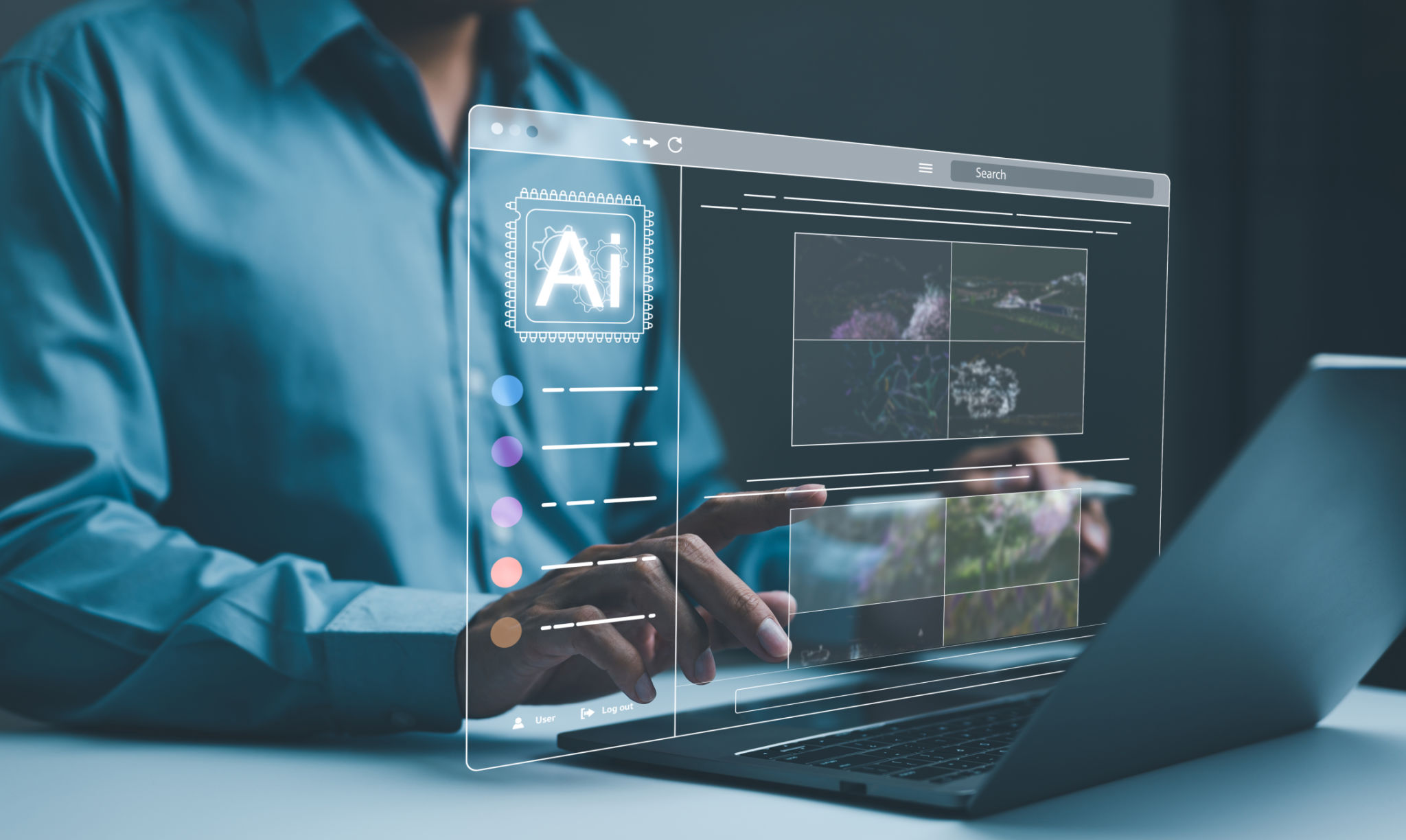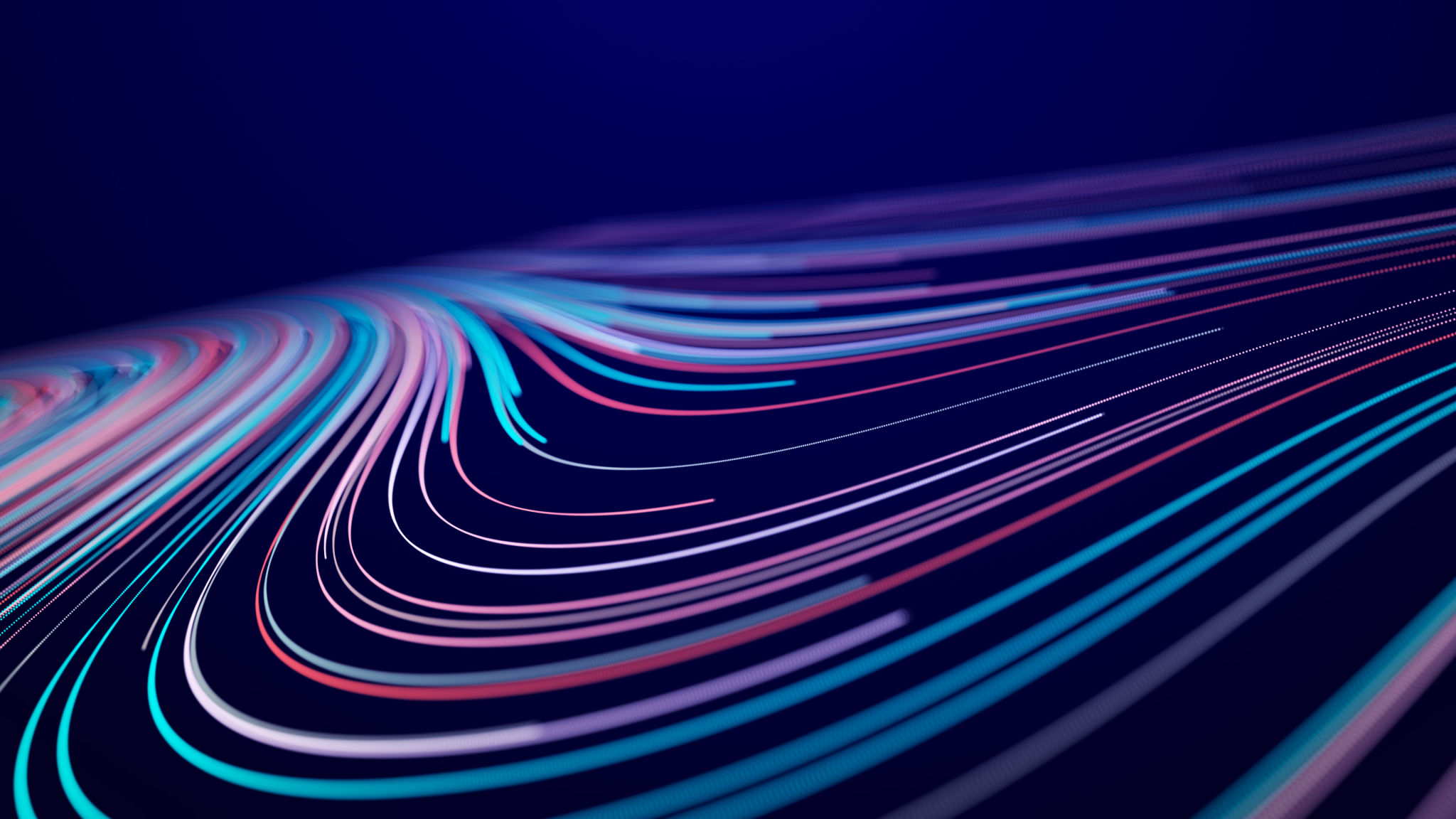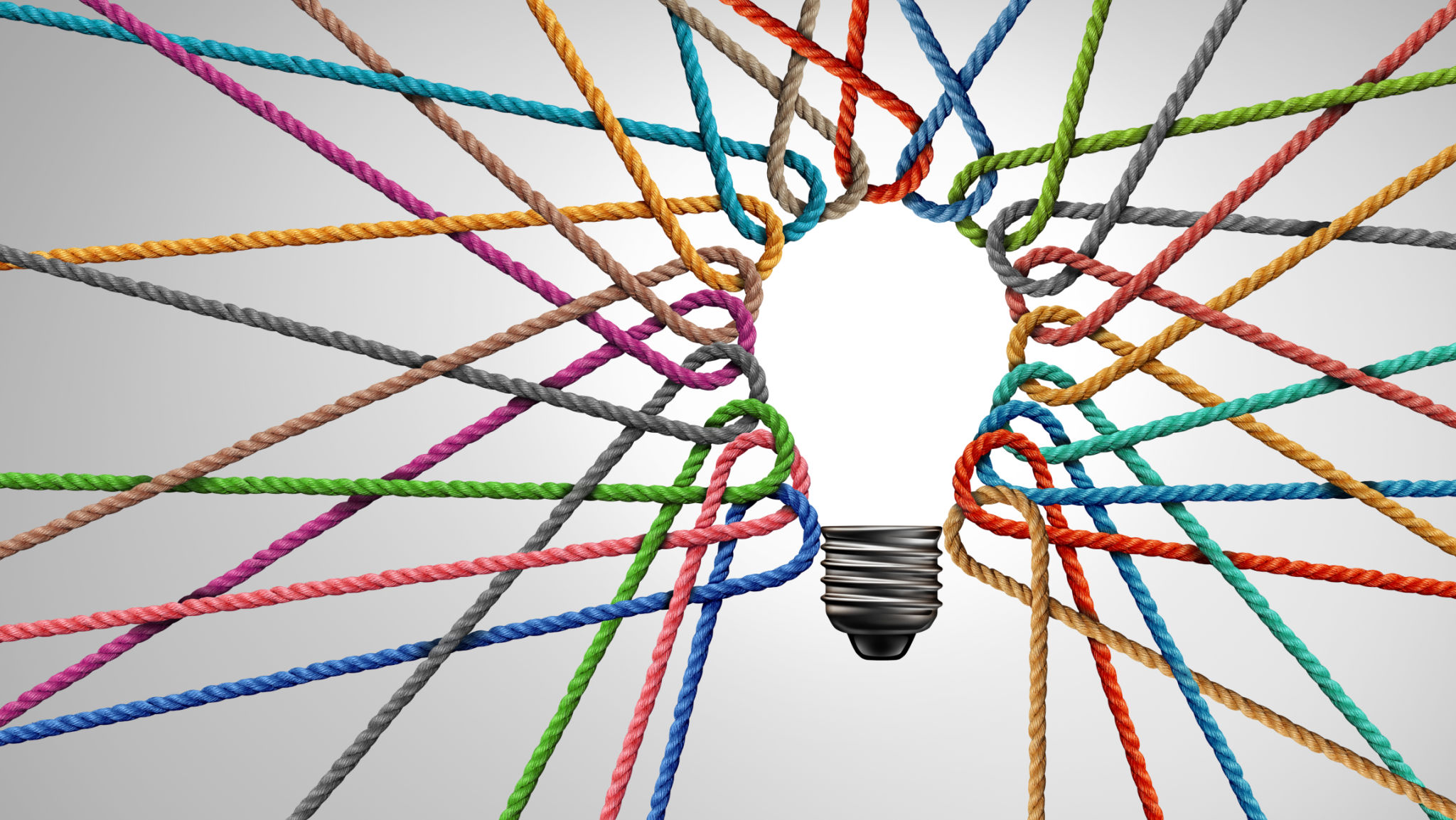How AI is Transforming Design in Toronto: An Insider's Perspective
AI and the Evolution of Design in Toronto
Toronto, a vibrant hub for creativity and innovation, is experiencing a significant transformation in its design landscape, thanks to the integration of artificial intelligence. Designers across the city are harnessing the power of AI to push boundaries and redefine what is possible in design. This evolution is not only enhancing the efficiency of design processes but also sparking a new wave of creativity.
One of the most profound impacts of AI in design is its ability to automate repetitive tasks, allowing designers to focus more on the creative aspects of their work. With advanced algorithms, AI tools can quickly generate design options, refine them based on specific criteria, and even predict trends based on historical data. This shift is enabling designers to explore more creative possibilities in less time.

AI-Powered Design Tools
The rise of AI-powered design tools is revolutionizing how designers in Toronto approach their projects. These tools can assist with everything from layout suggestions to color palette generation, making the design process more intuitive and efficient. For instance, platforms like Adobe's Sensei use AI to offer intelligent editing features that streamline workflows and enhance creative output.
Moreover, AI tools are providing designers with unprecedented access to data-driven insights. By analyzing user interactions and preferences, AI can offer valuable recommendations that help tailor designs to better meet the needs of target audiences. This data-centric approach is proving invaluable for creating more user-focused designs.

Enhancing Creativity through Collaboration
AI is not only changing how designers work but also how they collaborate. In Toronto's diverse design community, AI is facilitating greater collaboration by connecting designers with different skill sets and perspectives. Tools that incorporate AI can bridge gaps between disciplines, allowing for a more cohesive creative process.
Furthermore, AI is enabling designers to experiment with new styles and techniques they might not have previously considered. By generating novel ideas and offering alternative solutions, AI acts as a creative partner that inspires innovation. This collaboration between human creativity and machine intelligence is fostering a new era of design experimentation in Toronto.

Challenges and Considerations
While AI presents many opportunities for transforming design, it also poses certain challenges that designers must navigate. One of the primary concerns is maintaining a balance between automation and human touch. As AI takes on more tasks, ensuring that the human element remains central to design work is crucial for preserving originality and emotional impact.
Additionally, ethical considerations are becoming increasingly important as AI becomes more integrated into design processes. Designers must be mindful of issues such as data privacy, algorithmic bias, and the potential for AI to perpetuate stereotypes. As Toronto continues to lead in innovative design, addressing these challenges responsibly will be key to sustainable growth.
The Future of Design in Toronto
As AI continues to evolve, its role in the design industry will undoubtedly expand. Toronto's designers are at the forefront of this transformation, leveraging AI to create work that is not only more efficient but also more imaginative. The future promises even greater integration of AI technologies, with potential advancements in areas such as virtual reality and augmented reality set to redefine the design landscape.
In conclusion, AI is reshaping the way design is approached and executed in Toronto. By automating tasks, enhancing creativity, and fostering collaboration, AI is opening new possibilities for designers across the city. As these technologies advance, Toronto will remain a beacon of innovation, showcasing how AI can be harnessed to transform creative industries.